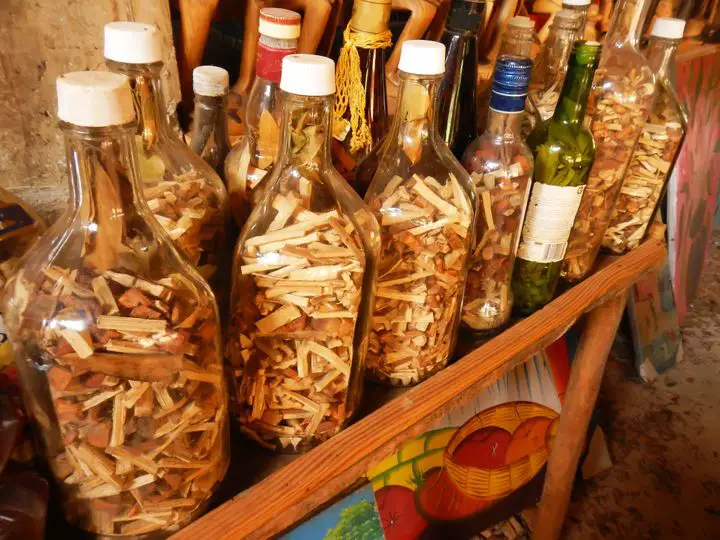If you want to know about the Dominican Republic, start with these 10 things. From the music and food to the people and history, get a taste of what this country is all about. You'll be planning your trip in no time!
Dominican culture is a fascinating one, and if you're looking to learn more about it, you should read this post. In this post, we'll be discussing 10 things you should know about Dominican culture before traveling or moving to the country.
A Quick Synopsis of Dominican History
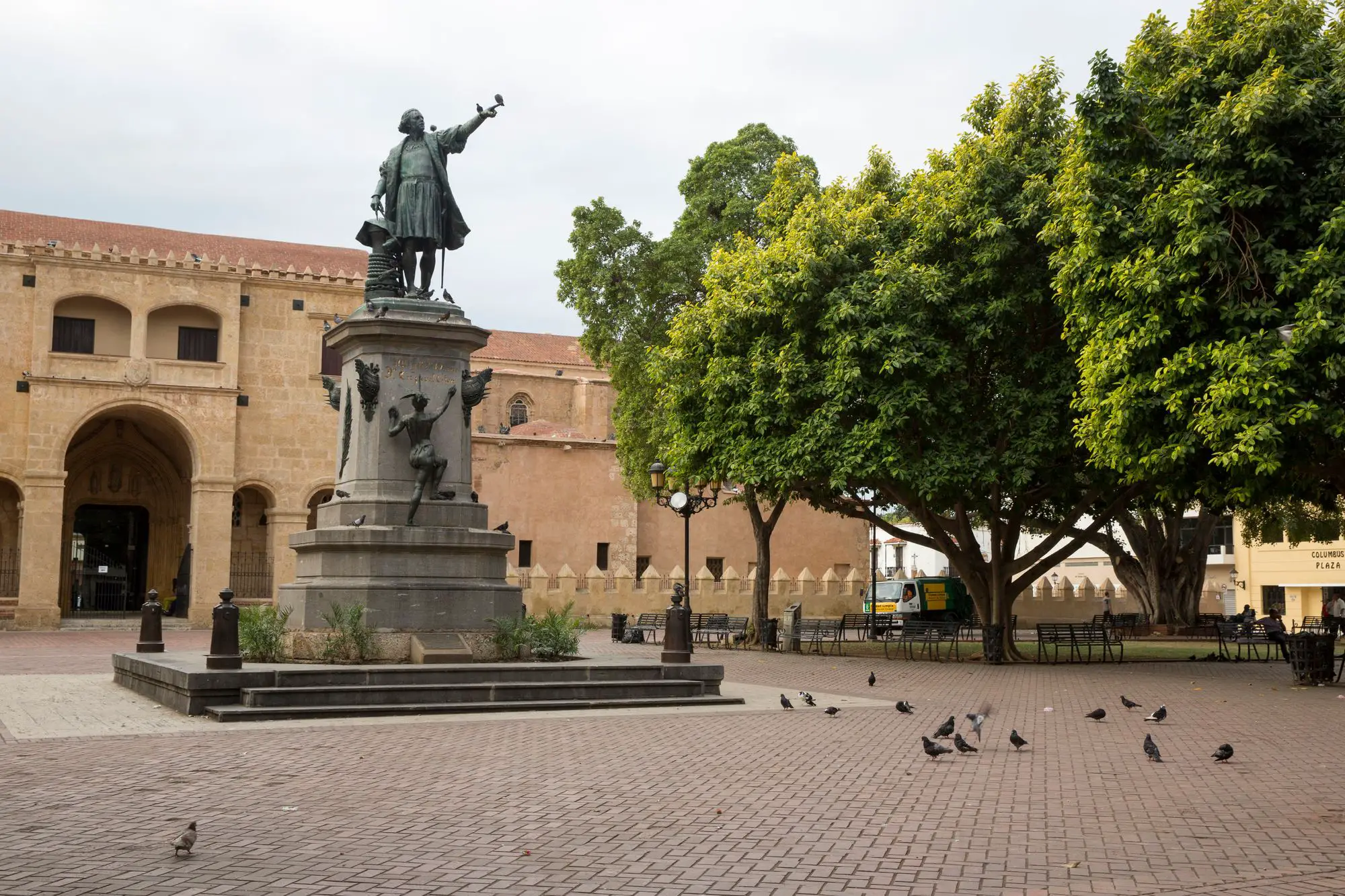
The Dominican Republic is a country located on the island of Hispaniola in the Caribbean. Along with the country of Haiti, the Dominican Republic occupies the eastern two-thirds of the island.
The Dominican Republic has a long and complicated past. The country has been through through a number of changes, including dictatorships, coups, and periods of instability. Despite this, the Dominican Republic is a thriving nation, with a rich culture and a bright future.
The Taíno People
The Dominican Republic’s history dates back to the time of the Taíno people, the indigenous inhabitants of the island now known as Hispaniola. The Taino were eventually wiped out by disease, violence and mistreatment, but the history of the Taino people survives in the Dominican Republic.
Colonial History
The arrival of Christopher Columbus in 1492 changed the course of Dominican history, as the Spaniards began to colonize the island. The colonial period was marked by Spanish rule, which lasted for more than three centuries. In 1498 Spanish conquistadors established the colony of Santo Domingo on the island.
Independence
The Dominican Republic gained independence from Spain in 1821, but it was not an easy road to freedom. The country was occupied by Haiti for 22 years, before finally gaining full independence in 1844.
The Trujillo Regime
Rafael Trujillo was a dictator who ruled the Dominican Republic from 1930 until 1961.
His regime was characterized by human rights abuses and the use of a secret police force to terrorize the population. Trujillo ruled the country for over 30 years, until his assassination in 1961.
The years following Trujillo's death were marked by political turmoil and instability.
Contemporary Dominican Republic
The Dominican Republic has a long and complicated past. The country has been through many changes, both political and economic, over the centuries.
Today, the Dominican Republic is a thriving nation with a strong economy and a vibrant culture. Despite its challenges, the Dominican Republic is a country with a lot to offer visitors.
Dominican Republic's Geography
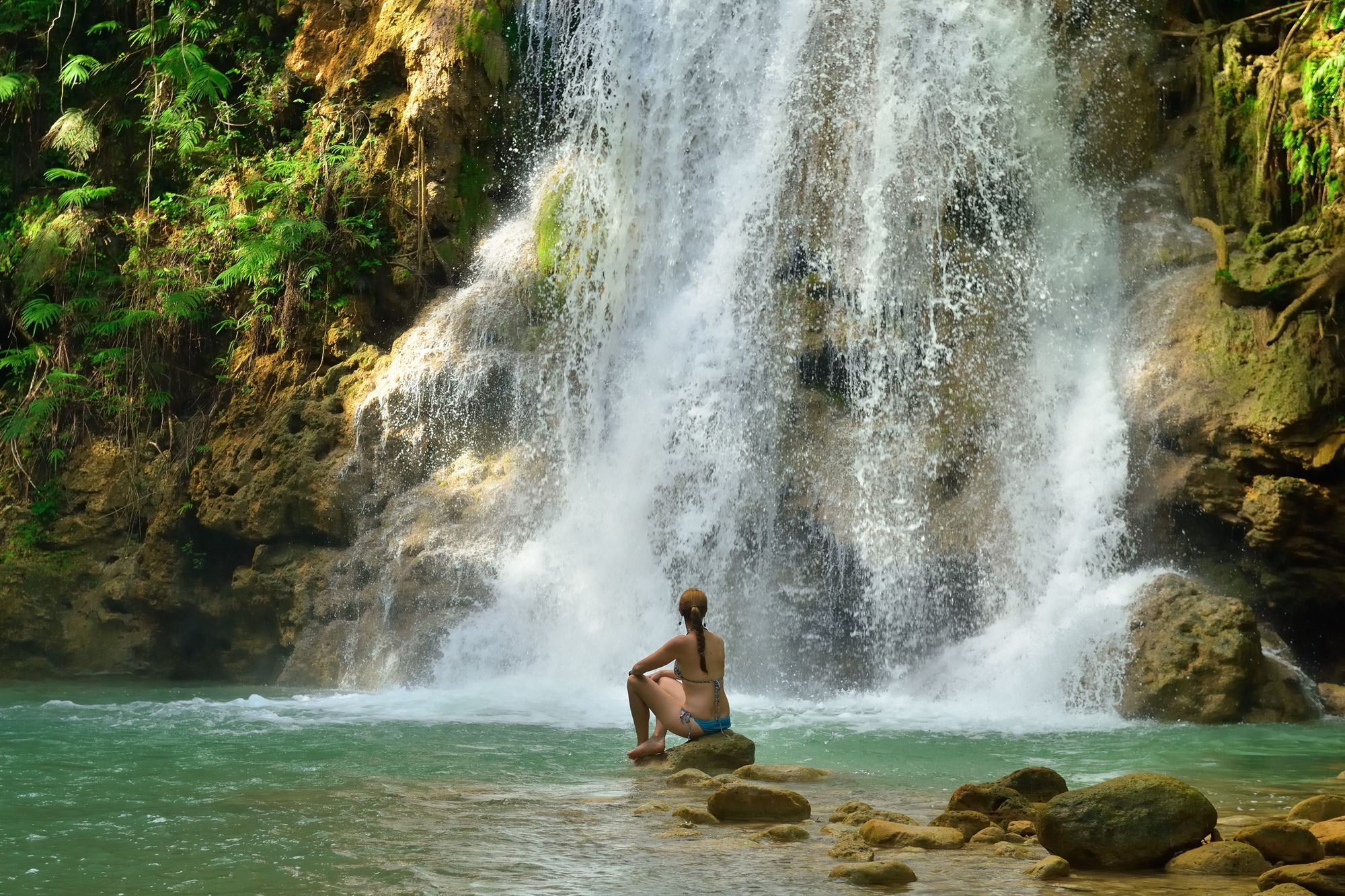
The Island of Hispaniola
- The Dominican Republic is a Caribbean country located on the island of Hispaniola.
- It is the second largest island in the Caribbean and is home to the largest city in the Caribbean, Santo Domingo.
- The Dominican Republic shares the island with Haiti, which occupies the western third of the island.
- The Dominican Republic has an area of 48,671 km2, making it the second largest country in the Caribbean by total area.
Dominican Republic's Climate
- The climate is tropical with an average temperature of 26.5 degrees Celsius (79.7 degrees Fahrenheit).
- The Dominican Republic is located in the hurricane belt, so the country experiences tropical storms and hurricanes from June to November.
- The Dominican Republic is known for its beaches.
- The Dominican Republic has two rainy seasons: May to June, and October to November.
Religion in the Dominican Republic
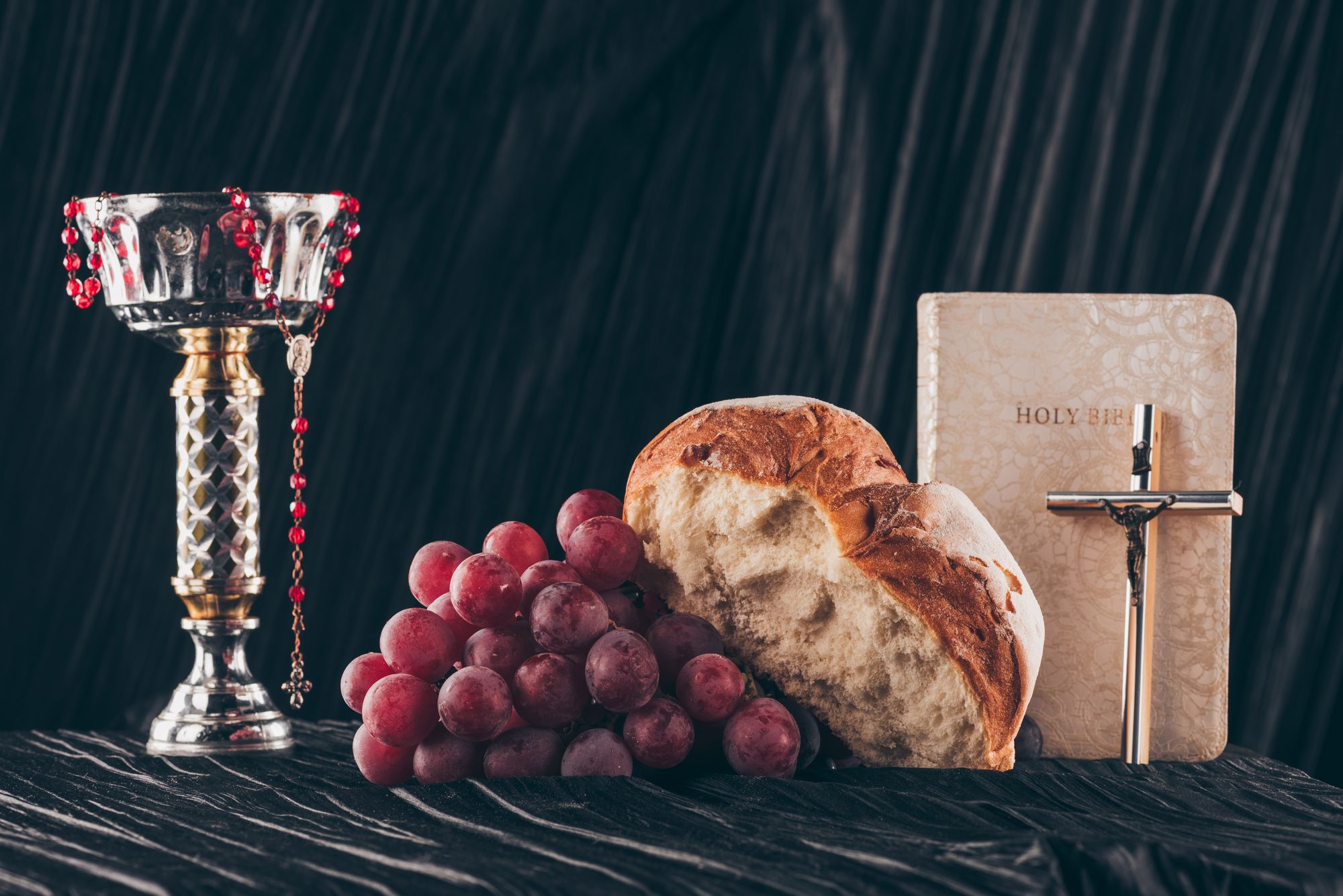
The Dominican Republic is a very religious country. Christianity is the predominant religion, with Catholicism being the largest denomination. Protestantism and other Christian denominations are also represented.
Catholicism in the Dominican Republic
Catholic beliefs have shaped the Dominican Republic for centuries. The country was founded by Catholic colonists and many of its early laws and customs were based on Catholic teachings. Many aspects of the Dominican Republic’s culture are based on Christian teachings – 44.3% of the population is Catholic, giving this religion a significant impact on the daily lives of Dominicans.
Evangelicalism in the Dominican Republic
Witnessing a significant growth in recent years, evangelical Christianity is on the rise in the Dominican Republic! Believing strongly in the Bible as their religious authority, evangelical Christians put a high importance on personal conversion (being born again) and living a life committed to Jesus Christ. With over 13% of Dominicans claiming affiliation with this faith, evangelicals are thriving and active across all aspects of society.
Protestantism in the Dominican Republic
Protestants now make up about 7.9% of the Dominican population. Protestantism was a response to the perceived corruption of the Catholic Church and its leadership. Protestant leaders believed that the Church had drifted away from its original purpose and needed to be reformed. Today, Protestantism is the largest grouping of Christians in the world. It includes a wide variety of beliefs and practices.
What's the difference between Catholicism, Evangelicalism, and Protestantism?
The main difference between Catholicism, Evangelicalism, and Protestantism is that Catholicism is based on the teachings of the Catholic Church, while Evangelicalism and Protestantism are based on the teachings of the Bible. Catholicism teaches that the pope is the head of the Catholic Church and that the Catholic Church is the only true church. Evangelicalism and Protestantism teach that the Bible is the only authority and that there is no head of the church.
Dominican Music

The Dominican Republic is known for its music. Dembow, Salsa, Bachata, and Merengue are all popular genres of music in the Dominican Republic.
Bachata
Bachata is a genre of Latin music that originated in the Dominican Republic. It's known for its simple bass line and arpeggiated guitar chords. The lyrics of Bachata songs often deal with themes of heartbreak.
Genre Characteristics of Bachata
- Bachata is typically written in 4/4 time with a light, staccato rhythm.
- The music is often accompanied by bass guitar, electric guitar and percussion.
- The genre is often associated with romantic themes
- The music is often accompanied by dancing.
- Bachata has been influenced by other genres of music, including salsa, merengue, and r&b.
Popular Bachata Artists
- Romeo Santos
- Monchy & Alexandra
- Frank Reyes
- Raulín Rodríguez
- Leonardo Paniagua
- Antony Santos
- Luis Vargas
Merengue
Merengue is a genre that originated in the Dominican Republic. It is the country's national music and dance, and is also popular in many other Caribbean countries.
Genre Characteristics of Merengue
- Merengue is characterized by its fast tempo and 4/4 time signature.
- The typical instruments used in merengue are the tambora (a drum), the güira (a metal scraper), and piano.
- Songs can contain an accordion, a horn section and even synthesizers.
- It is a fast-paced, upbeat music.
- The music is often accompanied by dancing.
- Repetitive and catchy melodies
- Heavy use of percussion instruments
- Call and response vocals
Popular Merengue Artists
- Omega "El Fuerte"
- Fernando Villalona
- Cuco Valoy
- Wilfrido Vargas
- Juan Luis Guerra
- Sergio Vargas
- Johnny Ventura
- Wilfrido Vargas
- Toño Rosario
Dembow
Dembow emerged in the late 2000s and has become increasingly popular in recent years. It shares many similarities with other Latin American and Caribbean musical styles, such as reggae en español, dancehall, and reggaeton. It is characterized by its fast tempo, catchy rhythms, and Spanish lyrics.
Genre Characteristics of Dembow
- Dembow is characterized by its fast 120bpm+ tempo and 4/4 time signature.
- Four on the floor kick drum
- Heavy use of syncopation and offbeat drumming patterns
- Sparse instrumentation and harmonic structures
- The use of short melodic motifs / complete absence of melody and harmony
- Minimal repetitive bass lines
- Heavy use of double-entendres and sexual innuendo
Popular Classic Dembow Artists
- El Alfa "El Jefe"
- El Mayor Clásico
- Kiko El Crazy
- Quimico Ultra Mega
- Bulin 47
- Chimbala
Language in the Dominican Republic

Spanish
The Dominican Republic's official language is Spanish. This is due to the country's history and cultural ties to Spain (Colonialism). Since it was a colony of Spain for centuries the vast majority of the population speaks Spanish.
French (Haitian Creole)
The Dominican Republic is home to a large Haitian immigrant population, and many Haitians speak Haitian Creole as their native language. As a result, it is not uncommon to hear French being spoken in the Dominican Republic
English
Although Spanish is the official language of the Dominican Republic, many people in the country also speak English. There are several reasons for this:
- Many Dominican have relatives who live in the United Staes, which has contributed to the increased use of English in the country.
- The Dominican Republic has a strong influence from American pop culture, which has led to many native speakers.
- Dominican Republic has a long history of interactions with the United States, dating back to the early 20th century.
- The Tourism and Services sectors require English speakers to service their customers, creating a market for native speakers on the island.
Dominican Republic's Population

According to the IMF's World Economic Outlook Database, the population of the Dominican Republic is estimated to be 10.632 million people in 2022 and is projected to grow up to 11.11 million by 2027. It is one of the most populous countries in the Caribbean.
Economy of the Dominican Republic
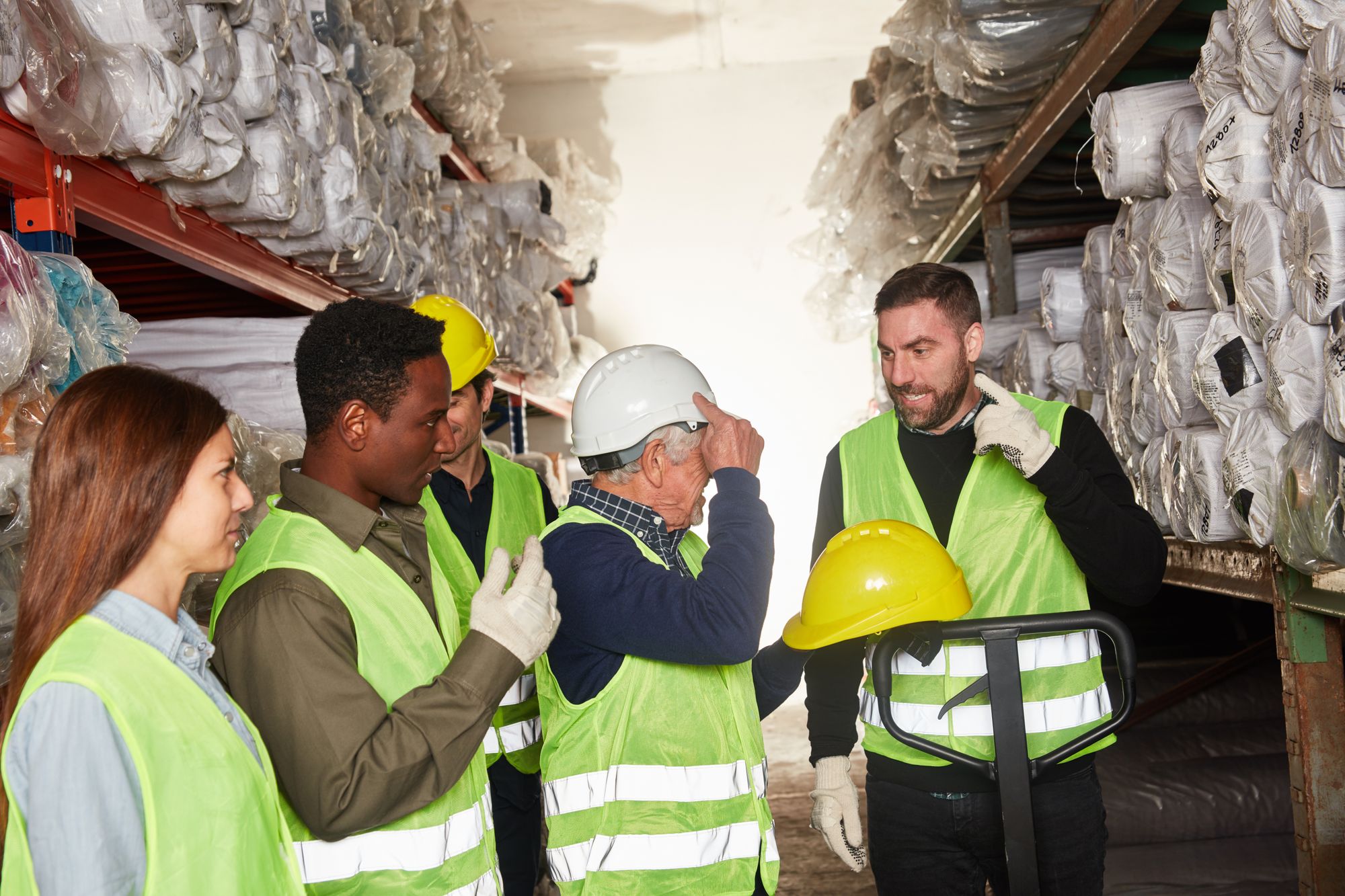
Currency of the Dominican Republic
- The Dominican Republic's currency is the Dominican peso (DOP, RD$).
- The exchange rate is about RD$54 to US$1.
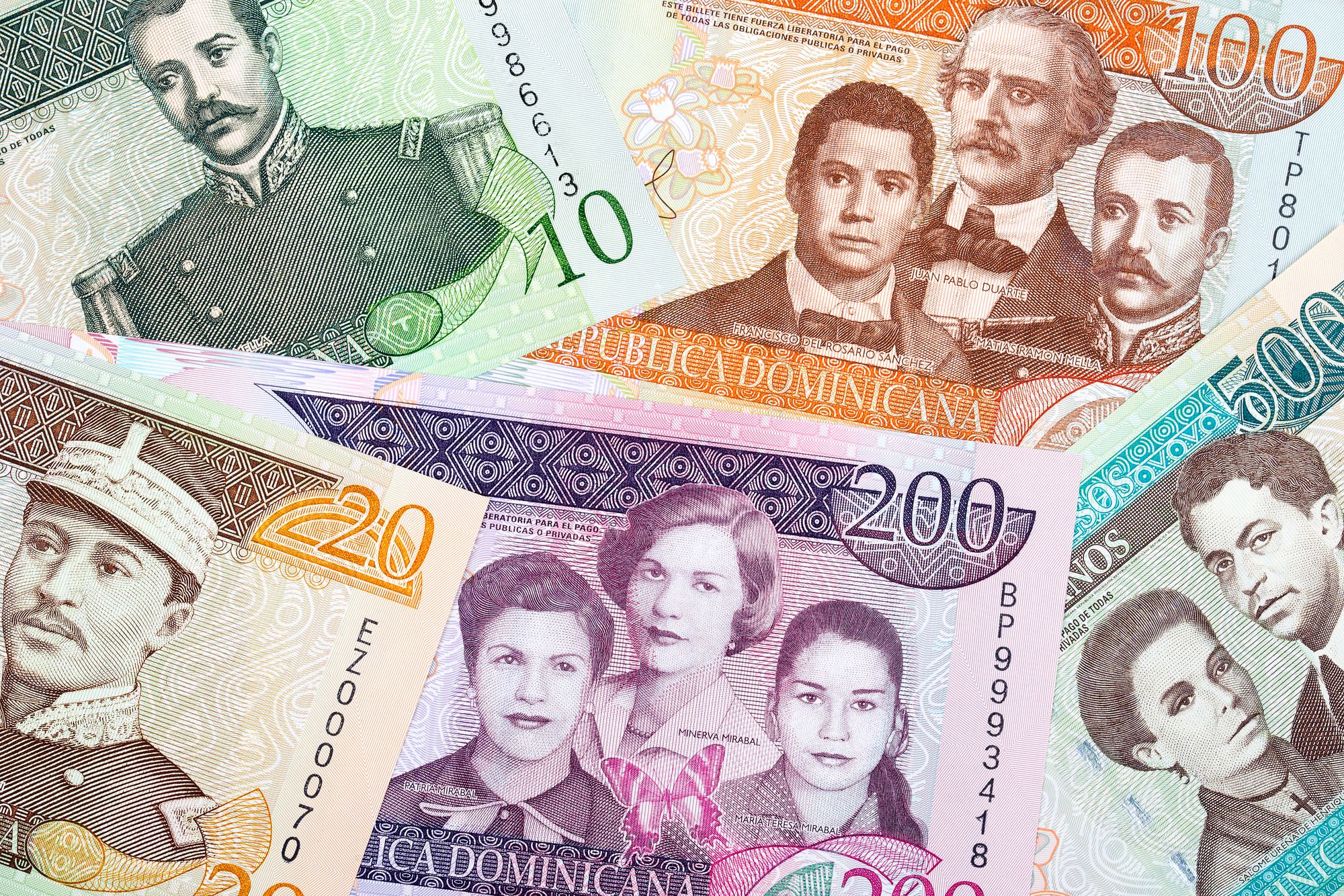
Agriculture of the Dominican Republic
- The Dominican Republic is one of the top 10 leading exporters of cigars, with a trade value of 794,560,000.
- The country is also a producer of tropical fruits, such as bananas and mangoes.
- The country is also a major producer of agricultural products including coffee, cocoa, tobacco, sugarcane, cotton, rice, beans, potatoes, and corn.
Tourism of the Dominican Republic
- The Dominican Republic is a popular tourist destination, with over five million tourists visiting each year.
- The Dominican Republic is known for its beaches, resorts, and golf courses.
Food of the Dominican Republic
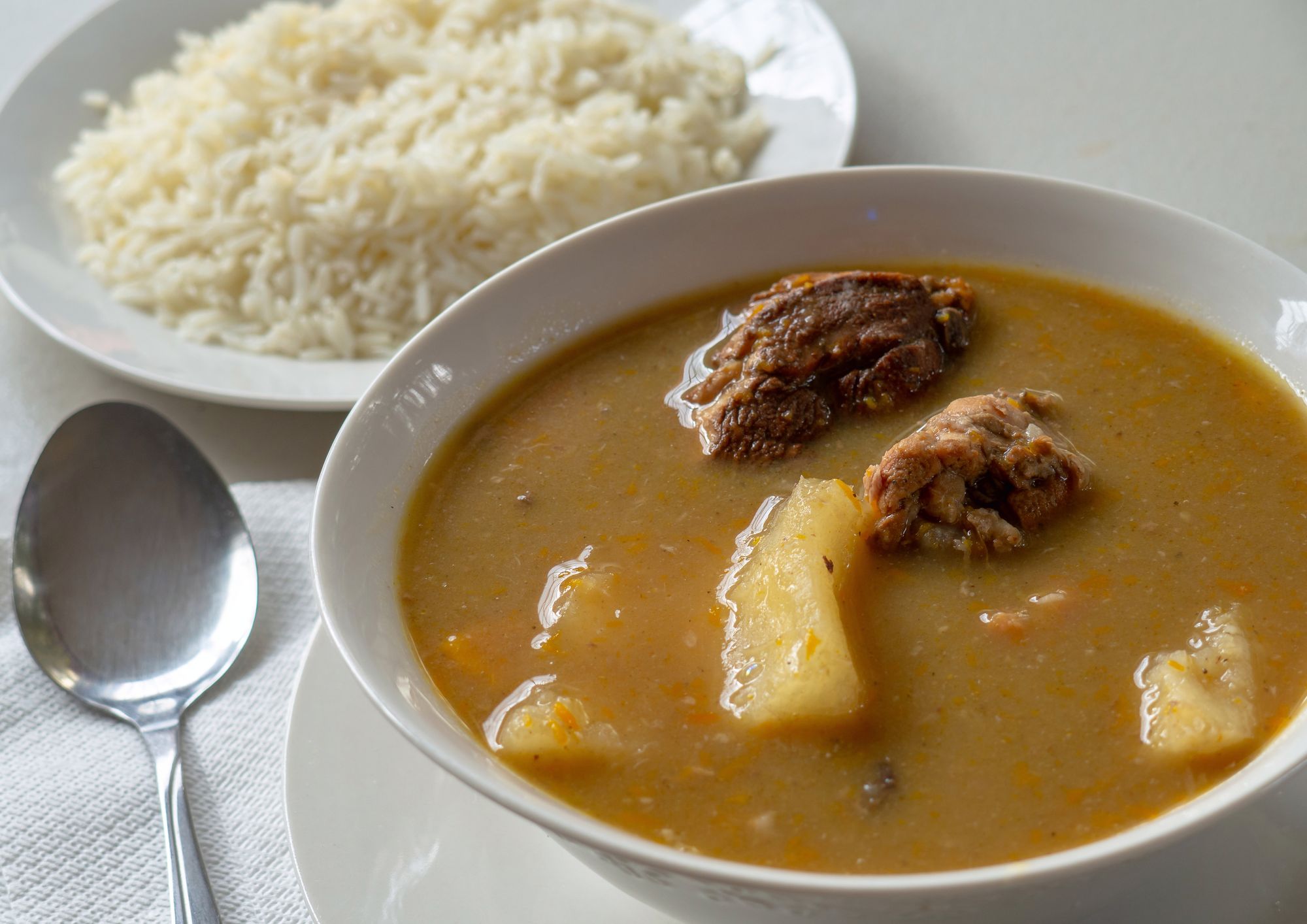
Dominican food is a delicious blend of Spanish, Taino, and African influences. It is known for hearty stews, spicy dishes, and fresh seafood. Popular dishes include la bandera, sancocho, and mangu. Dominican food is typically served with white rice and beans. Other common side dishes include tostones, yuca, and plantains.
Staples
Rice & Beans
Beans and rice are popular in the Dominican Republic for a number of reasons, including their affordability, nutritional value, and ease of preparation.
Plantains
Plantains are a type of banana that is usually cooked before eating. They can be fried, baked, or boiled, and are often served as a side dish. Plantains are a versatile food and can be used in a variety of dishes.
Yuca
Yuca (Cassava) is a root vegetable. It is often cooked in soups or stews and can also be roasted or fried.
Bread
There is a large variety of breads in the Dominican Republic. The most common breads are Pan Sobao and Pan De Agua.
Popular Dishes
Sancocho
It is a hearty stew made with chicken, beef, or pork, and a variety of vegetables. The most common vegetables used in sancocho are yuca and plantains. Sancocho is usually served with a side of white rice.
La Bandera
The national dish of the Dominican Republic. This hearty dish is made up of white rice, red beans, and stewed meat, usually chicken or beef.
Mangu
Mangu is a dish from the Dominican Republic that is made from mashed plantains. It is typically served with eggs, cheese, and meat.
Tostones
They are fried green plantains. They are typically served as a side dish or appetizer.
Art in the Dominican Republic
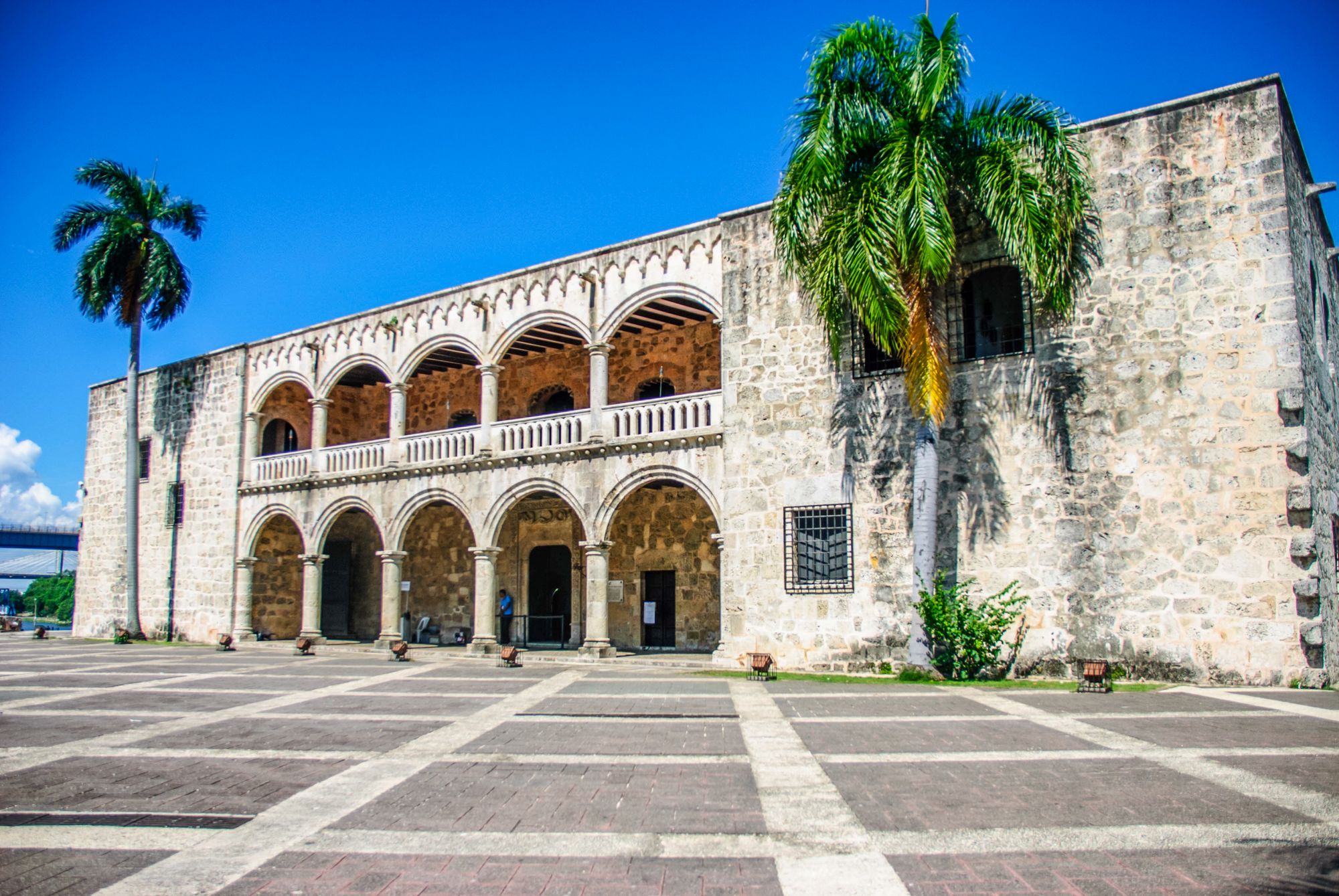
In addition to music and cuisine, the Dominican Republic is also known for other forms of art such as fine art and architecture. There are many museums and architectural sites to check out
Museums
There are many art galleries and museums in the Dominican Republic.
The Palace of Fine Arts
Palacio de Bellas Artes de Santo Domingo
The Museum of Modern Art
Museo de Arte Moderno
The Museum of Dominican Man
Museo del Hombre Dominicano
House of Music Museum
Museo Casa de la Música
Museum of History and Geography
Museo de Historia y Geografía
Architecture
The colonial city of Santo Domingo has been declared a World Heritage Site by UNESCO, due to its unique and historically imporant architecture which is a major tourist attraction.
Alcázar de Colón
Nuestra Señora de la Encarnación
Museo de la Familia Dominicana
La Fortaleza Ozama
Sports in the Dominican Republic
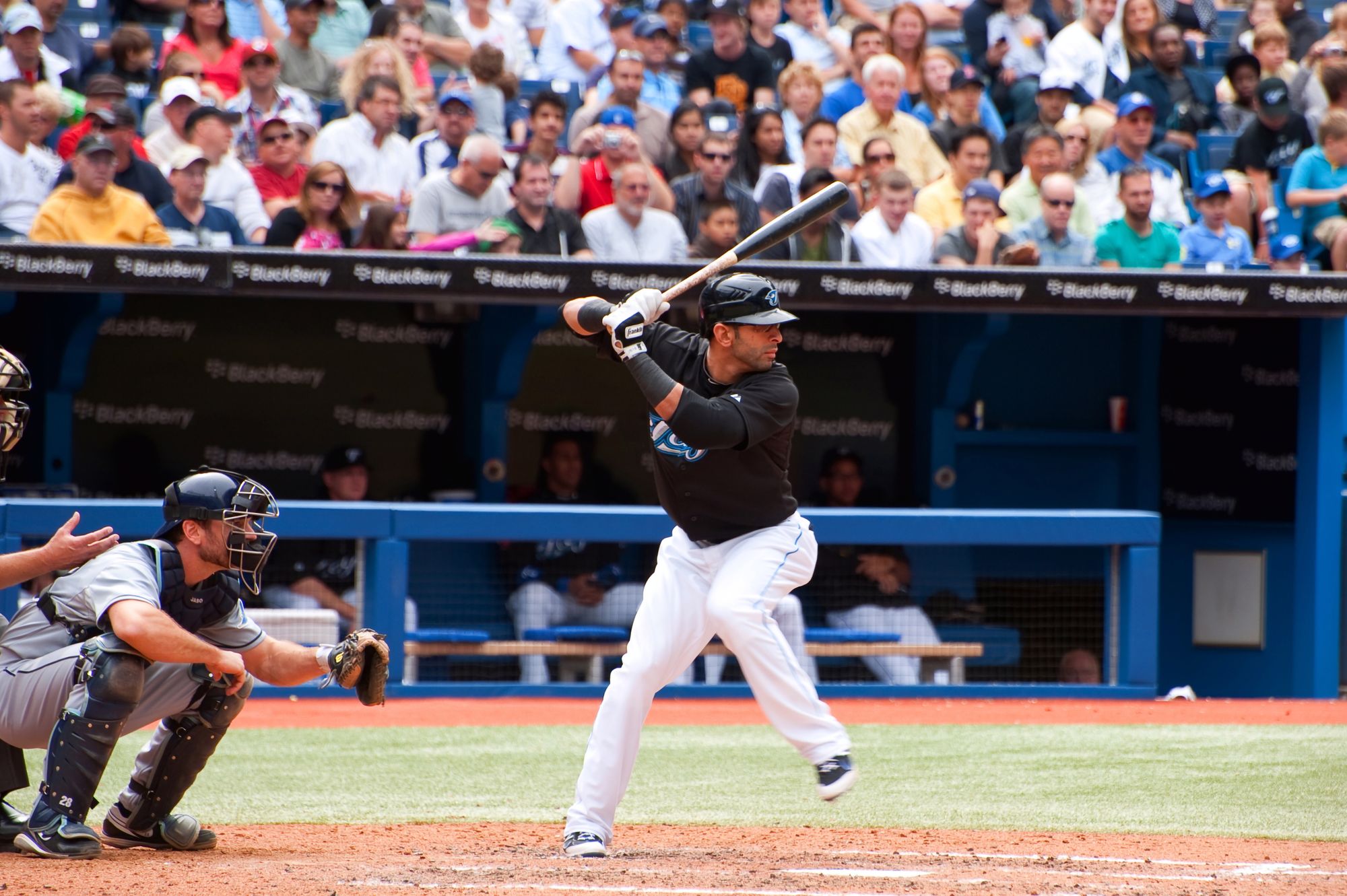
The Dominican Republic is a country with a rich history of sports. Baseball is the most popular sport, but basketball and football are also gaining popularity.
Why Baseball is the Most Popular Sport in the Dominican Republic?
The Dominican Republic has produced more Major League Baseball players than any other country outside the United States. This is due to the rich baseball history dating back to the 19th century when the first professional baseball league was founded in the Dominican Republic.
Takeaway
• Santo Domingo is the oldest European city of the Americas.
• Santo Domingo has been recognized as a World Heritage Site by UNESCO.
• Santo Domingo's architecture, cuisine and music make it one of the most vibrant cities in the Caribbean.
Dominican culture is rich and diverse, with something to offer everyone. Whether you're interested in history, religion, music, or food, you'll find something to love in Dominican culture.






